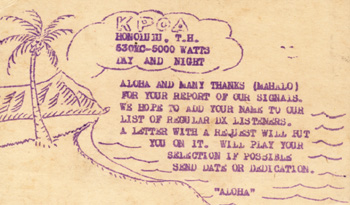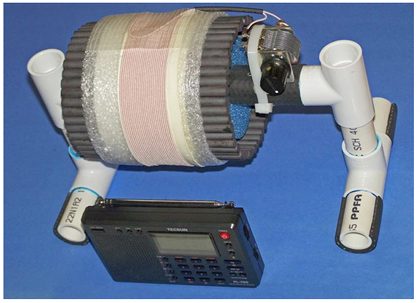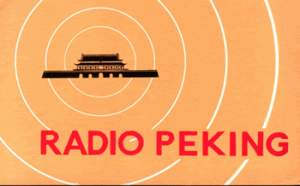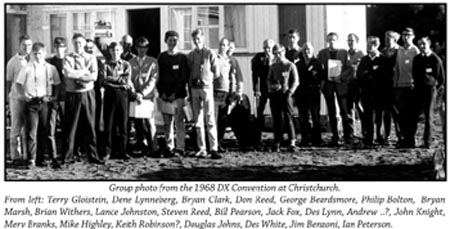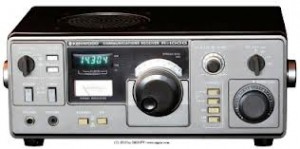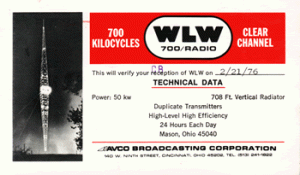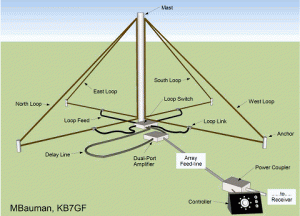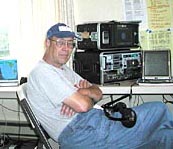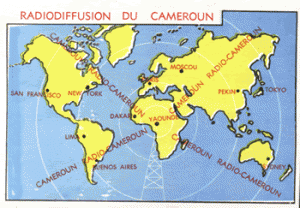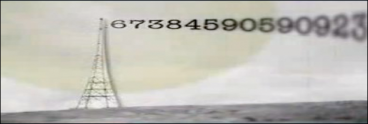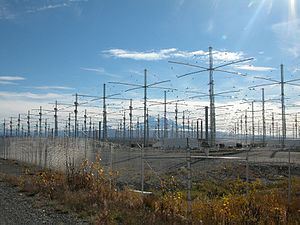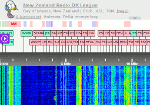Martin Hadlow has forwarded an interesting article describing the Honolulu radio dial in 1976. DXers will fondly remember Alan Roycroft and recall the comments he used to write on the back of the “Broadcasting Services” QSL cards.
Entitled “Honolulu Radio: A Wasteland”
“The Honolulu Star-Bulletin on February 12th issued it’s second annual survey of radio stations on Oahu. There are 21 stations. The news-paper noted a number of changes which have taken place over the past year. These include: 12 instead of 9 stations broadcasting 24 hours; a reduction in the number of employees the replacement of eight general managers and four major ownership changes. There is apparently a greater number of stations broadcasting the sane format — “Beautiful music, that is. ‘the same pop music, ranging (if that phrase can be used meaningfully) from Golden Oldies to popified mellow rock.‘ Janos Gereben. the reviewer, noted that ‘an astonishing tom of 12 stations‘ are involved in broadcasting a “musical vast wasteland”

